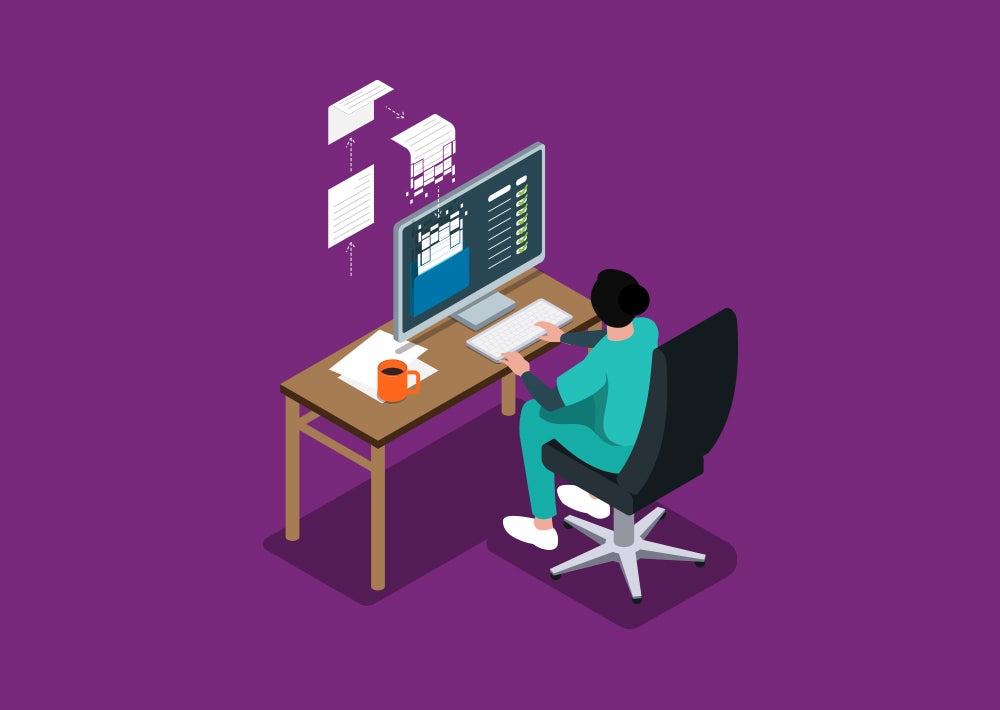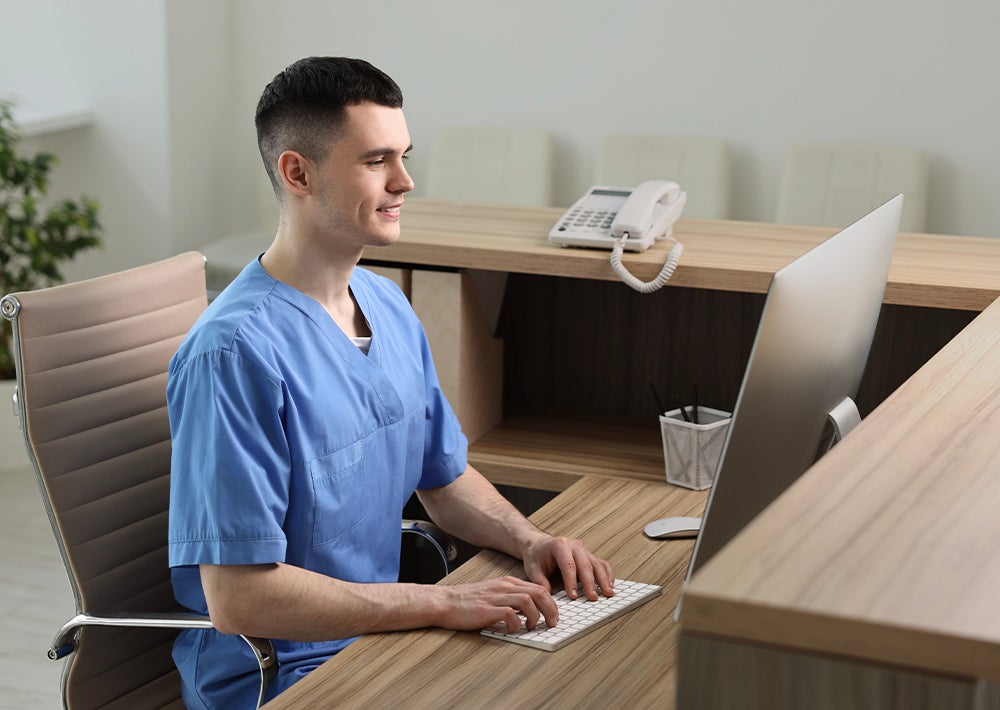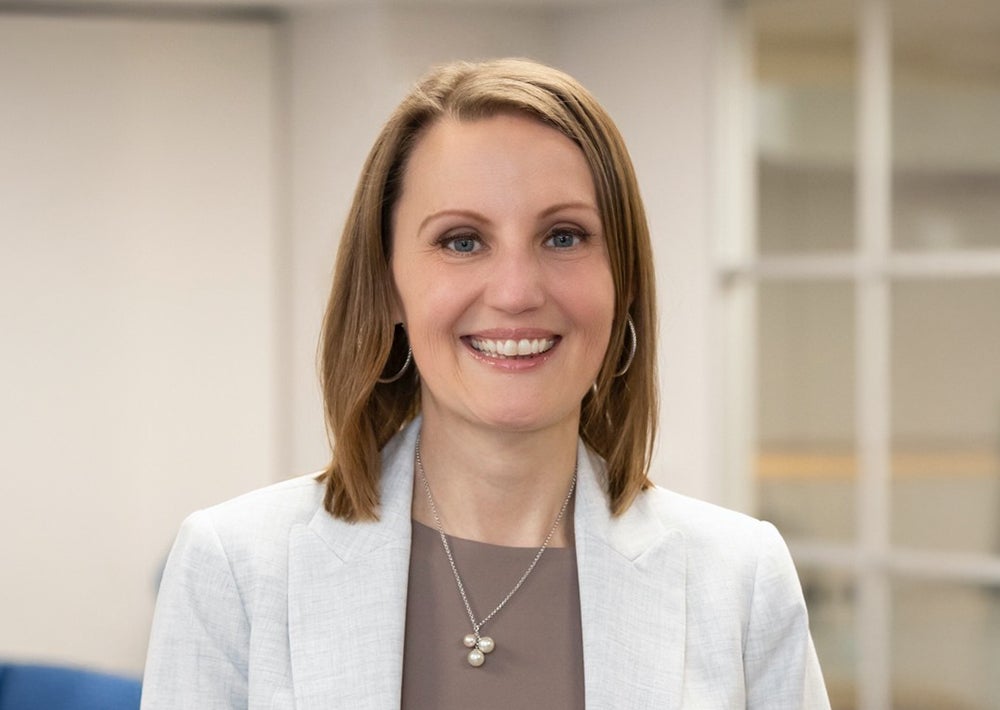We sat down with the Chief Revenue Officer at a mid-Atlantic Oracle health system to hear how the system’s mission guided its digital transformation. By digitizing intake in the emergency department—healthcare’s most complex setting—this health system boosted collections, increased patient throughput and proved it could deliver more care without adding staff.
Your health system serves a large and diverse population across hospitals, EDs and clinics. What were your goals in modernizing patient access?
Chief Revenue Officer:
Our mission is to meet patients where they are and make care accessible in every setting, from hospitals to primary care to the emergency department. To live out that mission, we needed to simplify intake: capturing demographics, insurance, consents and payments without bottlenecks. The ED was the toughest test case, but also the place where we could have the greatest impact.
The ED is often the hardest place to implement digital registration. What was your experience?
Chief Revenue Officer:
The ED is high volume, unpredictable and heavily regulated, and every minute matters. We had to be very intentional about workflows to support patients triaged to the lobby, taken directly to a treatment room, or arriving by ambulance. And we had to do it while meeting strict regulatory requirements like EMTALA. With Phreesia, we were able to capture the necessary information at intake while staying compliant and keeping patients moving.
What results did you see?
Chief Revenue Officer:
Adoption has been excellent—over 70% utilization in the ED. That’s right in line with our suburban hospitals, proving that patients of all ages and backgrounds will use digital tools if the workflow is seamless.
Operationally, the impact has been transformative. Patient throughput has increased significantly, while staffing levels have remained flat. We’re seeing more patients, faster, without needing to add staff—and we simply couldn’t do that without Phreesia. We’re now consistently collecting copays in the ED, which gives patients more clarity and drives real financial impact. Just as importantly, accurate, complete intake has reduced billing errors and denials, preserving revenue and helping patients avoid surprise bills.
And our results didn’t just stand out internally—they were recognized nationally. In 2025, we earned an AVIAward for outstanding innovation in digital transformation among 50 leading health systems nationwide. It’s validation that our Phreesia-powered workflows aren’t just effective locally—they set the standard across the industry.
Some people assume older adults or lower-income patients won’t use digital tools. What has been your experience?
Chief Revenue Officer:
That was one of our biggest concerns, especially at our inner-city locations. But we were proven wrong. Most of our clinics are operating above 70% utilization across all demographics. Patients consistently tell us the process is simple and intuitive. For those without a device, we provide one onsite. And for anyone who prefers, we still offer a traditional intake process.
What’s the big takeaway for other health systems?
Chief Revenue Officer:
Don’t underestimate your patients—they will use it. Focus on making the workflow seamless when they arrive, and adoption will follow. And make sure your ED is part of the first wave. If you can make it work in the ED—the most difficult setting with the most regulatory complexity—you can make it work anywhere.
Ready to see what results we can get for your health system?




